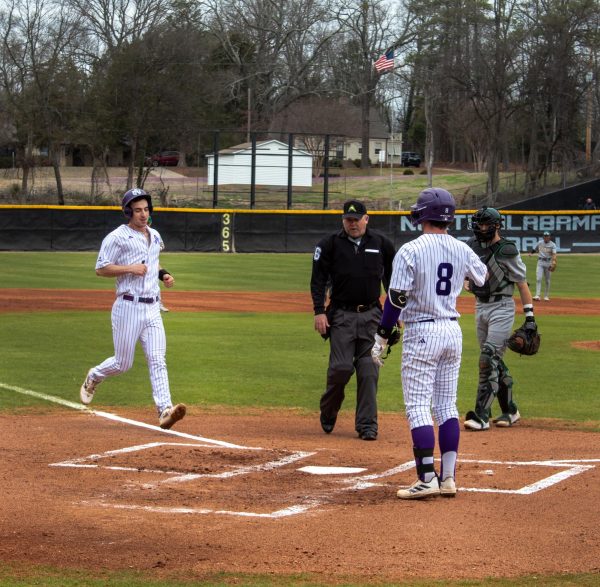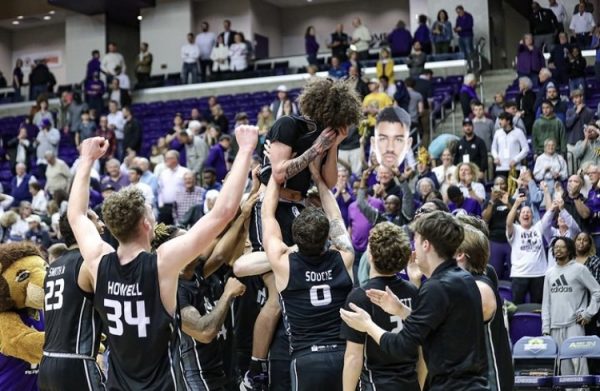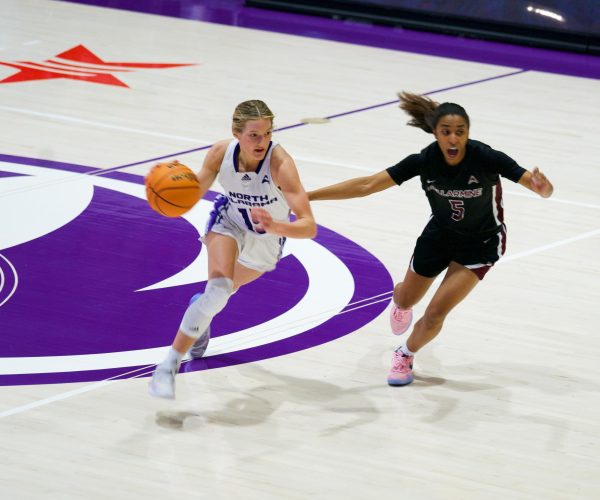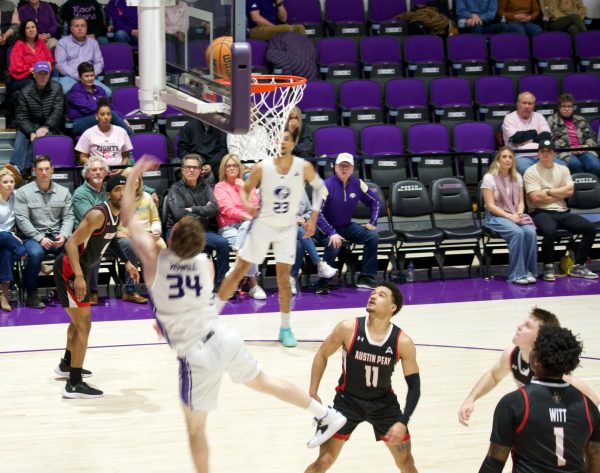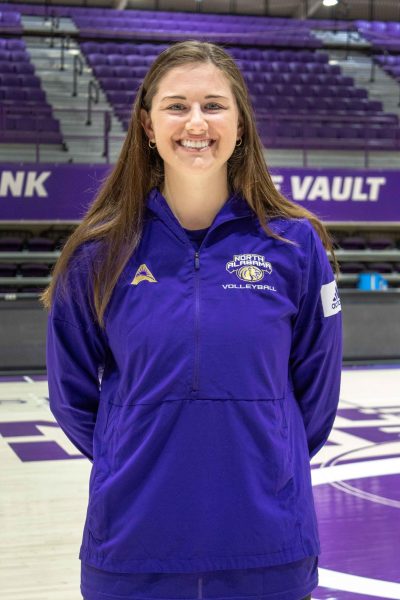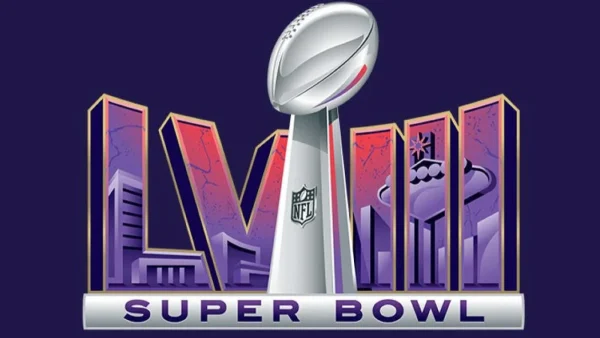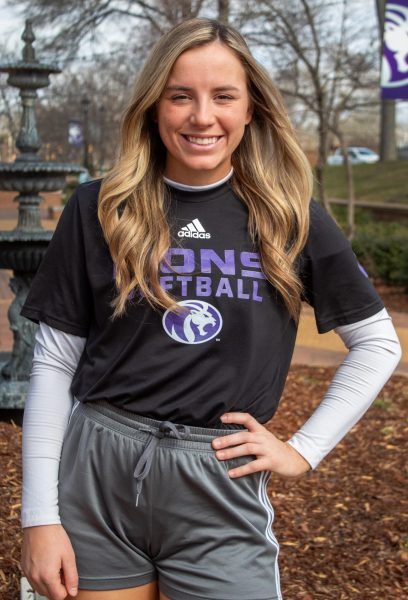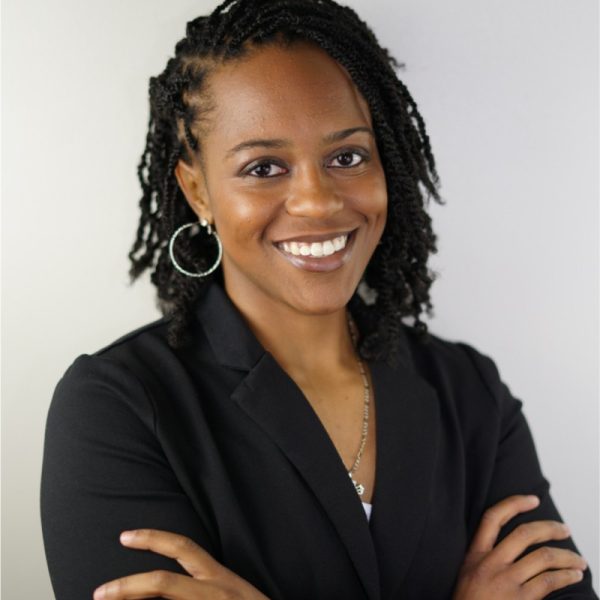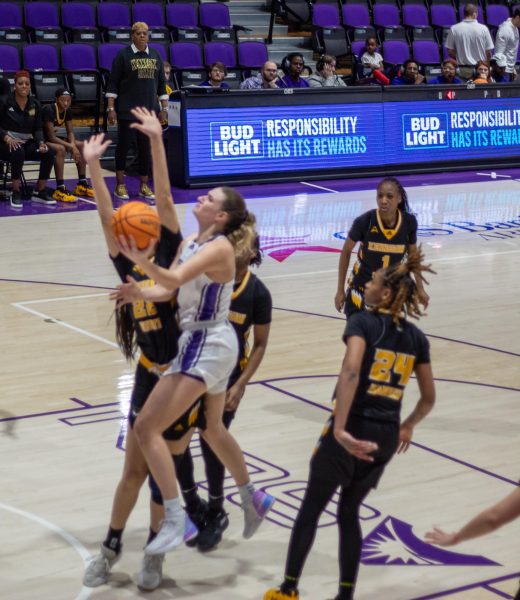Coach and players discuss elbow injury
February 12, 2015
Much like the sport of football deals with concussions, the sport of baseball deals with an increasing number of elbow and shoulder injuries among pitchers. The most common and most well-known of these injuries is the tear of the ulnar collateral ligament (UCL) in the elbow.
Orthopedic surgeon Dr. James Andrews labeled the increase in UCL injuries as an “epidemic.” Before the first month of the 2014 baseball season ended, 14 major league pitchers required surgery to repair the torn ligament in their elbows. And the number only increased as the season went along.
“We feel (a pitcher has) so many throws in his arm and if they have thrown a lot of innings in travel ball, league play then high school, eventually the arm will break down,” said head coach Mike Keehn. “Because they are not resting or specializing, they are throwing more pitches than needed.”
To repair the UCL, pitchers must undergo a procedure known as Tommy John surgery. Pitchers have dealt with elbow injuries since the beginning of baseball, but it was not until 1974 that a procedure was developed to repair a torn UCL.
That year, orthopedic surgeon and Los Angeles Dodgers team physician Dr. Frank Jobe performed the first successful reconstructive surgery on pitcher Tommy John, whom the surgery is named after.
Since Jobe, the leading orthopedic surgeon in reconstructive surgeries has become Andrews who has written multiple books, prepared various studies, and made many speeches about the increasing wear and tear on pitchers’ arms.
Andrews, also the founder of the American Sports Medicine Institute, performed Tommy John surgeries on many high-profile pitchers: C.C. Sabathia, John Smoltz, Matt Moore and Matt Harvey.
Andrews, through the American Sports Medicine Institute, released a statement in July of 2014 regarding the institute’s stance on the increase in elbow injuries.
Research has shown the amount of competitive pitching and pitching while fatigued are strongly linked to injury, according to the Institute.
Andrews said young pitchers are throwing too hard and too often. The amount of pitches thrown by young pitchers today is wearing down the arms to the point of extreme injury.
Major League teams and orthopedic surgeons are not the only ones concerned with the spike in Tommy John surgeries. The injuries have increased at the high school and college levels as well.
“(Pitchers) have to stick to the protocol and not do more than you’re supposed to do on that particular day,” said junior pitcher Austin Carpenter. “We have to be patient.”
Parents pushing kids’ arms too hard and too fast is also contributing to the increase in injures, Keehn said.
“We also feel that with the radar gun, parents are obsessed with kids’ velocity. So they are throwing max effort all the time, and anything you do at its maximum every day will break down,” he said.
Young pitchers throwing particular pitches before their arms have matured is also a concern of Keehn’s and Andrew’s.
“Another factor is pitchers throwing curveballs before they have matured and are not being taught the correct way to throw a curveball,” Keehn said. “Dr. Andrews, who is the best orthopedic surgeon in the world, says no player should throw a curveball until they can shave.”
Unless youth league coaches and parents begin to understand the problem, the problem will not go away, officials said.
“Dr. Andrews has been putting information out regarding overuse and rest and limiting playing time in all youth programs. The problem is the parents and coaches are not adhering to his advice,” Keehn said. “(Parents and coaches) are convinced (players) have to specialize at a young age in order to play at the collegiate or professional level. The information indicates the multisport athletes do better and that develops the body much better than just working on one sport year round.”


